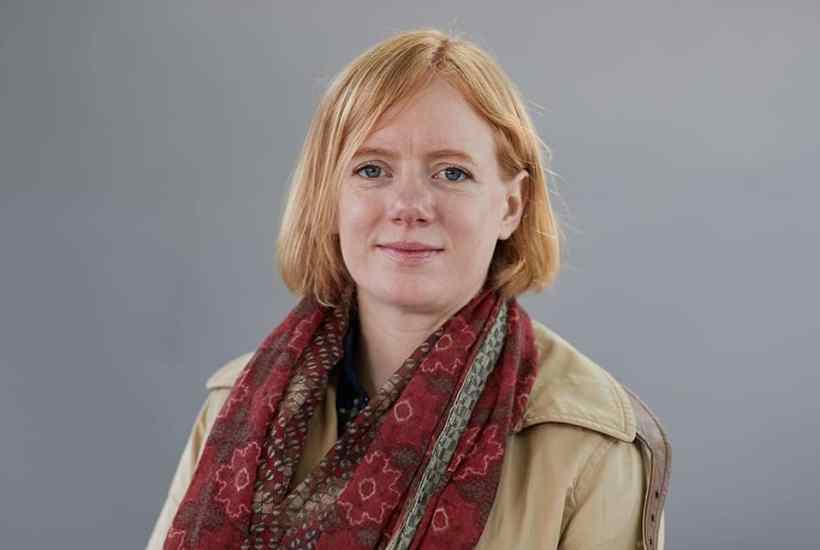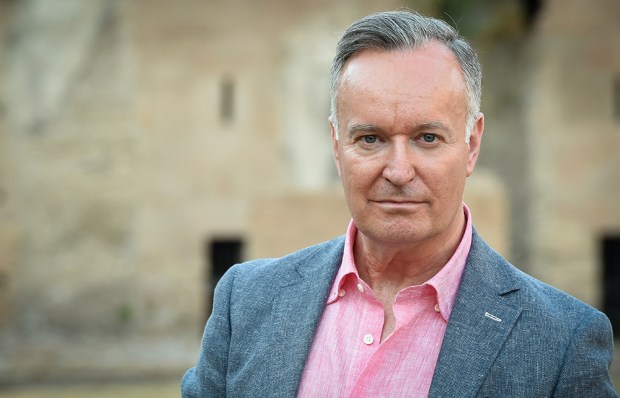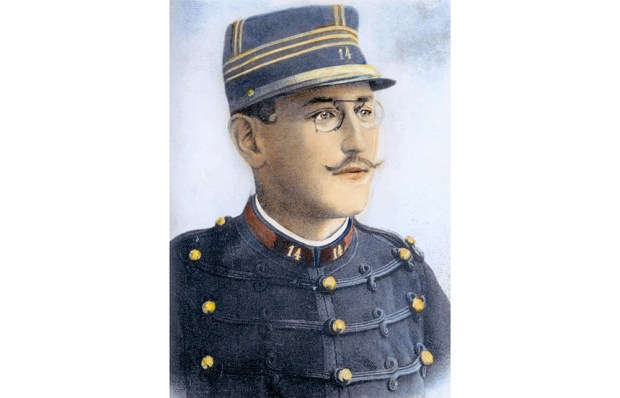How best to write a book about the Himalayas when Mount Everest has been reduced to just another tick-off on the bucket lists of the wealthy? We all remember the pictures of adventurous parka-clad westerners queuing up to scale the summit in 2019. The world’s most inaccessible and inhospitable areas have now become the target of an extreme form of charter tourism. Not even the outbreak of Covid stopped people forking out more than $10,000 to join the queue.
In High, the Norwegian writer and social anthropologist Erika Fatland traverses the mountain range, straying from the well-trodden path of privileged tourism onto the Silk Road less travelled. It is not, therefore, a book about climbing Everest, although Fatland makes it impressively far, suffering altitude sickness to prove it (‘My brain is mush’). There’s no glamour to her strenuous trek. Instead there are inconvenient stopovers and endless passport controls – she sleeps on floors and eats lunch in car parks. ‘Such are the prosaic problems of the modern traveller.’
Himalaya has long been considered a region of myth. ‘For several decades after flags had been staked in both the South and the North Pole, the highest peaks of the Himalayas remained unconquered,’ Fatland writes. Starting in Kashgar, in the westernmost part of China, she journeys south-east by car, bus and small planes, mapping out the communities spread along the mountain range and noting how the region is ‘much more than the dream of paradise for spiritual tourists or mountaineers’. (When her fellow travellers start listing the climbers they follow on social media, Fatland takes an early night.)
This is her third travel book (the previous two, Sovietistanand The Border, gained new relevance after Russia’s invasion of Ukraine). These ambitious works, also expertly translated by Kari Dickson, have deservedly been credited with reviving the Norwegian travelogue. In High, the formula is similar: in pages of descriptive prose, Fatland meticulously interweaves facts and geopolitical history with accounts of the people she meets. As an interviewer, she is courteous but also stubborn and up-front. (In The Border, when asked by a North Korean tour guide what the West thought of his country, she replied: ‘We say it is the world’s worst dictatorship’.) In High, she refuses to budge while debating with Pakistani Holocaust sceptics on a bus through the Chinese mountains, and at one point she describes China’s infamous livestock markets as reeking of ‘fur, faeces and fear’.
Fatland approaches her subjects with a Louis Theroux-like naivety: ‘But why do you want to climb the highest mountain on each continent?’ she asks José, an energetic 30-year-old, at base camp. He replies with a shrug. ‘Do you have any good memories from your childhood?’ she asks Dechen, a Bhutanese girl working in a drayang, a traditional dance bar. She has to ponder her response ‘for some time’.
Fatland is all too aware of her privileged position as a Norwegian traveller (‘We are constantly being told that we live in a world without borders, in a globalised age, but only if you have the right passport and the right papers’), and acknowledges how regions in the Himalayas have been shaped in the past, and are continuing to be shaped, by foreign powers: ‘Until relatively recently, an island, a sea or a continent was not properly discovered until a European man had written about it and left his mark there.’
This is one of her great strengths as a travel writer: seeing how many of her favoured destinations are autocracies. Between pages of dialogue, her political awareness seeps through the text. Her tone, curious and inquisitive when concerned with ordinary people, becomes surly when describing the various regimes she encounters: ‘George Orwell’s dystopia from 1948 pales in comparison with Xinjiang Province in 2018.’ The plight of women is particularly important to her, from those in Kashmir who’ve had hysterectomies as a result of rape, to Nepal’s deadly menstrual huts. She visits the child goddesses of Kathmandu and the wives of dead Sherpas. Nepal’s capital, we are told, has its own Sherpa widows’ programme.
Although not the most original phrase-maker – the prose is adjectival and often clichéd (‘She holds my eyes with a steady gaze’) – Fatland is undoubtedly one of the most accessible non-fiction writers in Norway today. High helps shed light on regions and ways of life we tend to ignore in the travel-hungry West.
Got something to add? Join the discussion and comment below.
Get 10 issues for just $10
Subscribe to The Spectator Australia today for the next 10 magazine issues, plus full online access, for just $10.
You might disagree with half of it, but you’ll enjoy reading all of it. Try your first month for free, then just $2 a week for the remainder of your first year.














Comments
Don't miss out
Join the conversation with other Spectator Australia readers. Subscribe to leave a comment.
SUBSCRIBEAlready a subscriber? Log in